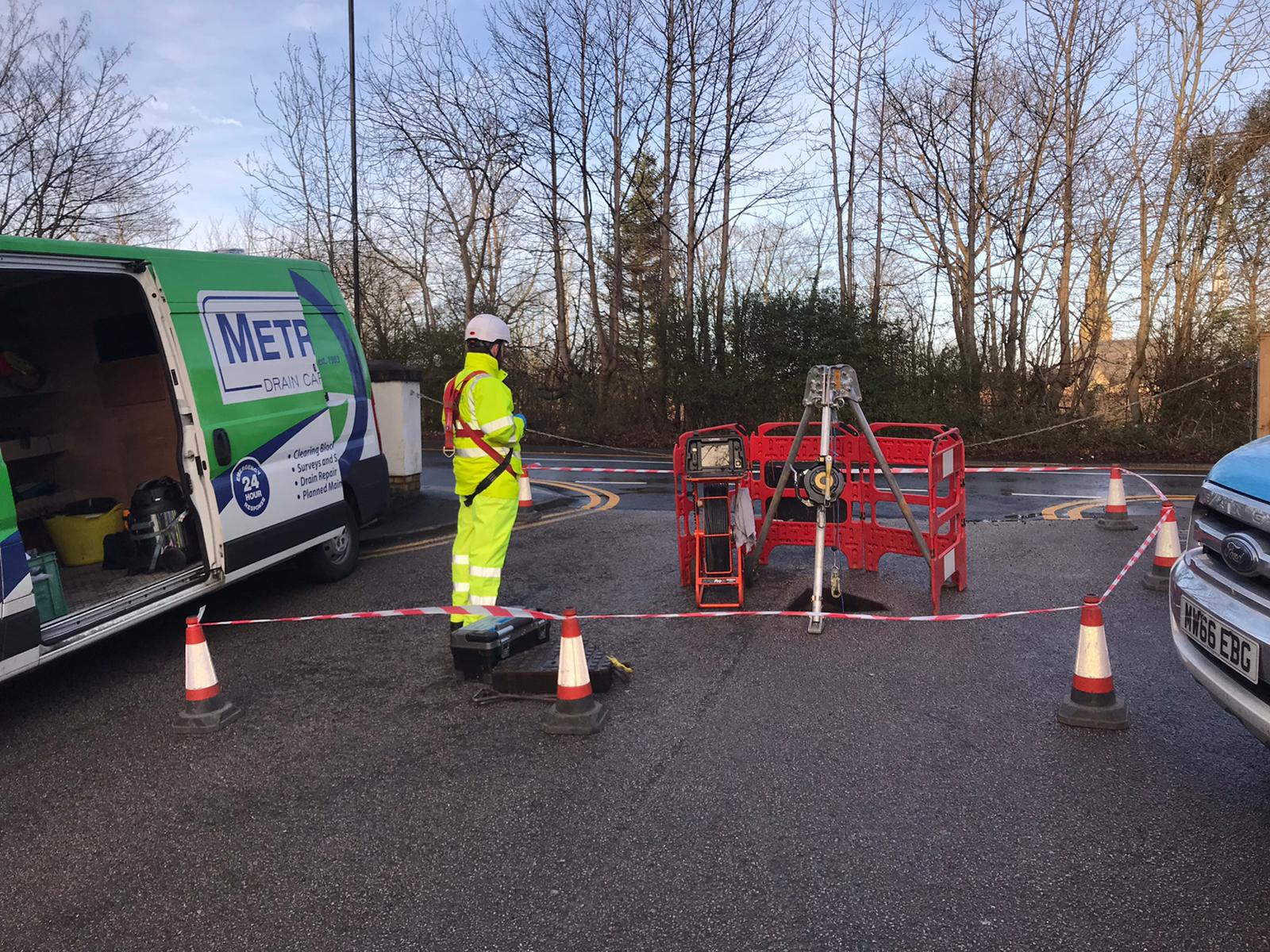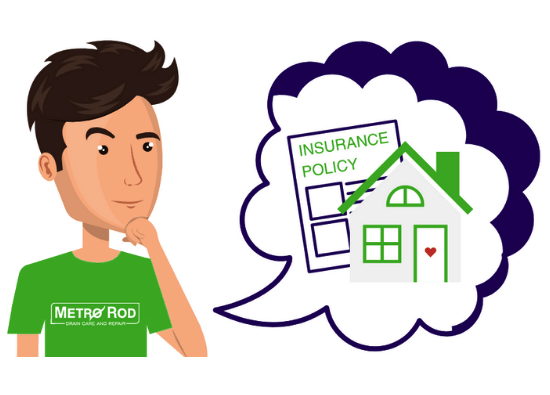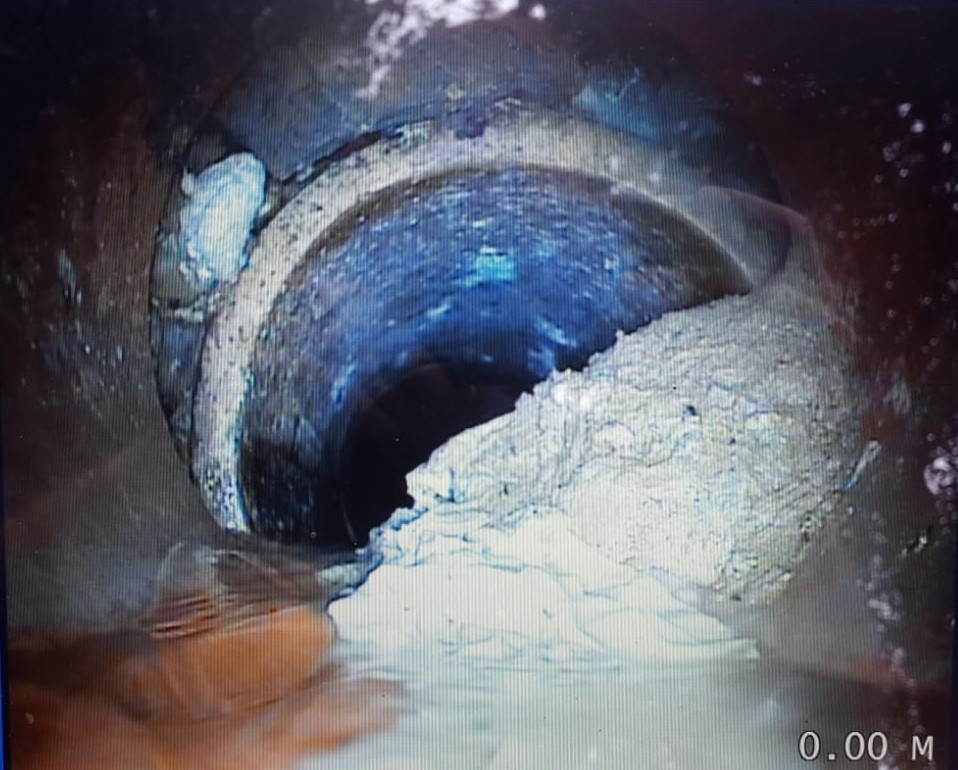According to the Health and Safety Executive for the UK, a confined space is defined as “a place which is substantially enclosed (though not always entirely), and where serious injury can occur from hazardous substances or conditions within the space or nearby”.
Not a fan of text-heavy content? See how we can help you with our full range of drainage services by watching this short animated video here.
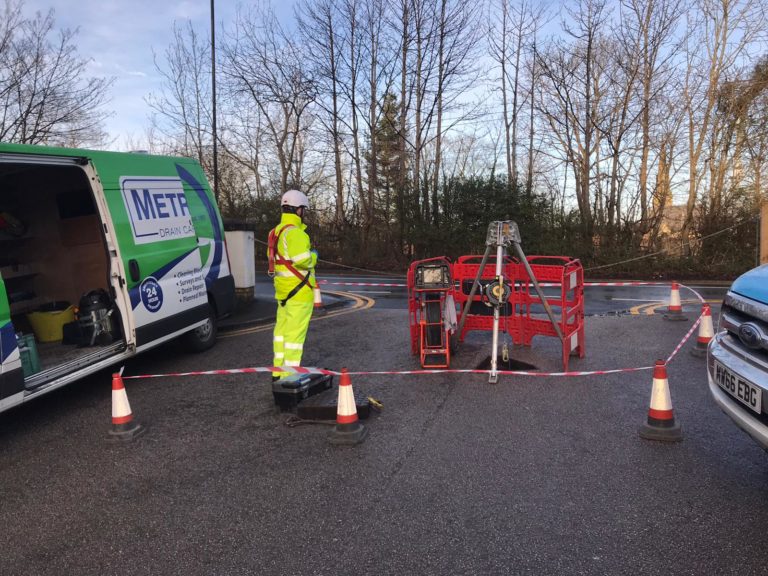
(Pictured: a Metro Rod Manchester and Macclesfield engineer preparing to enter a confined space)
As one of the UK’s leading drainage contractors, underground services are often at the forefront of what we do at Metro Rod Manchester and Macclesfield. With that comes the occasional task of undertaking work in confined spaces. We do always try to complete works by any means necessary that don’t involve entering into a confined space, however sometimes it’s the only feasible way.
Due to the potential hazards associated with working in confined spaces, we must ensure that adequate training is provided in the first instance, and that strict and lengthy company method statements are adhered to. This is as follows:
- Carry out inspections on equipment to ensure it’s ready for safe use.
- Check the weather conditions if applicable.
- Contact the responsible person on site to obtain relevant info e.g permit to work, site rules/inductions, emergency procedures etc.
- Enquire as to whether there are any hazardous chemicals in the confined space, and if so, take into account O.S.H.H regulations.
- Check isolations are in place or machinery is correctly locked off.
- Ensure that the correct and necessary PPE is worn.
- Secure the working area to ensure the protection of all other persons and to prevent unauthorised entry.
- Raise manhole(s) using appropriate tools such as lifting keys in addition to using safe manual handling techniques.
- Ventilate the confined space.
- Carry out a visual inspection of the condition of the step irons as well as the general condition such as depth, flow, unusual smells etc.
- Switch on gas detector for a minimum of 5 minutes before entry and test the atmosphere at different levels of depth.
- Remove gas detector whilst checking the complete area from bottom to top. If the detector alarms, ventilate the area further. If it continues to alarm, further PPE is to be worn or the job is deemed too unsafe.
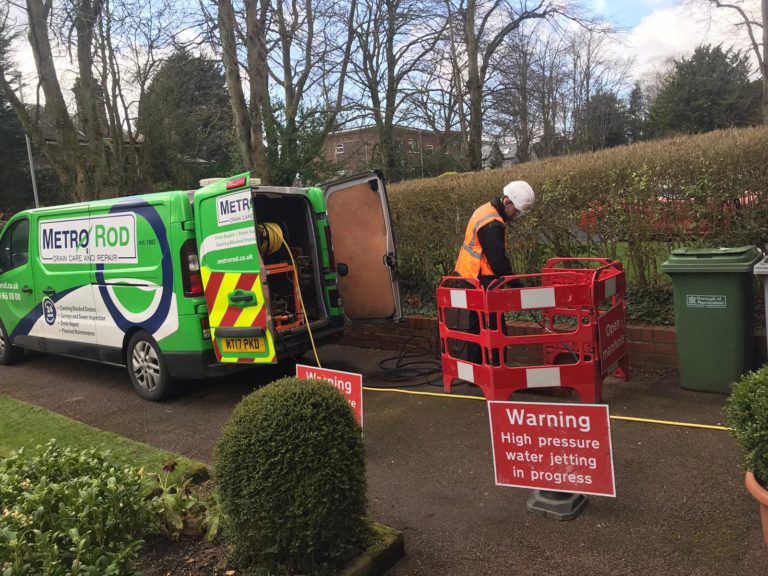
(Pictured: a Metro Rod Manchester and Macclesfield engineer carrying out high pressure water jetting)
- Wear all PPE and breathing apparatus as is necessary.
- If using breathing sets, the following data is to be recorded: turn around pressure, names of personnel entering, cylinder contents, time in, and calculated time out when whistle pressure is reached.
- If ladders are to be used, first person to descend using a life line or winch. The ladder must also be checked for defects.
- The first person to enter is to check their personal gas detector for signs of gas when the bottom of the confined space is reached.
- If carrying out a multi-level entry, or if personnel are required to traverse, manning levels are to be decided before entry, e.g. two top men, one person per turning point in the confined space etc.
- If the task is as above, the second man is to enter on a ladder (if defect free) without a line attached if they choose to do so. The second man is to then check their personal gas detector at the bottom (repeat for all personnel entering).
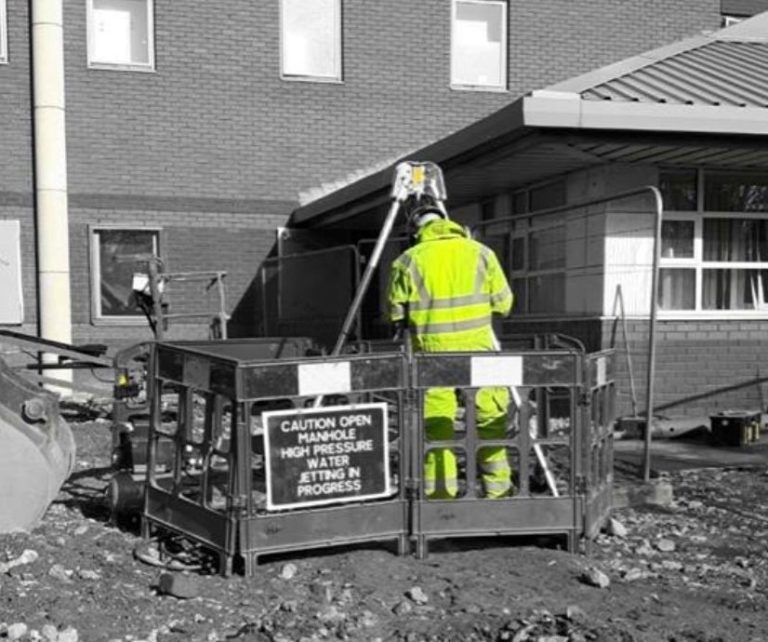
(Pictured: a Metro Rod engineer preparing to enter a confined space)
- Move through or around the confined space, leaving a man at suitable positions for continuity of communications between top men and entry personnel.
- Communications are to be maintained between top men and bottom men every three minutes.
- Carry out cylinder content and gas detector checks at equal timed intervals, communicating the levels back to the top men.
- When the task is complete or the turn around pressure is reached, personnel are to move safely back to the access/egress point. The last man to exit should be connected to the line.
- Remove personal safety equipment, close the access points safely and remove the barriers etc.
- Wash down and disinfect the area and equipment.
- Any arising from the system must be correctly disposed of under the Environmental Protection Act “Duty of Care” or Special/Controlled Waste Regulations.
- Ensure the client’s requirements have been fully met.
- Remove PPE.
- Thoroughly wash hands, face, forearms etc.
- Report to the client and provide a summary off the work carried out and any further recommendations if applicable, then sign off any permits or works orders.

(Pictured: safe site set up ahead of entering a confined space)
You can take a look at our case studies in Retail, Education, Manufacturing, Facilities Management, Social Housing, Sports Stadiums, Construction, Grease Trap Installation, and Healthcare by clicking the relevant title.
As you can see, carrying out confined space works is a strict and detailed process, however it keeps both you and us, as well as the general public safe. For more information on some of our health and safety training, see our H&S article here.
For more information on the services provided by Metro Rod Manchester and Macclesfield, you can visit our services page here. Additionally, for our areas of coverage, you can see our Manchester page here, and our Macclesfield and surrounding Cheshire page here. You can also keep up to date with everything Metro Rod Manchester and Macclesfield by following our Twitter page, liking our Facebook Page, and connecting with us on LinkedIn.
Phone: 01625 879035
Freephone: 0800 66 88 00
Email: manchester@metrorod.co.uk
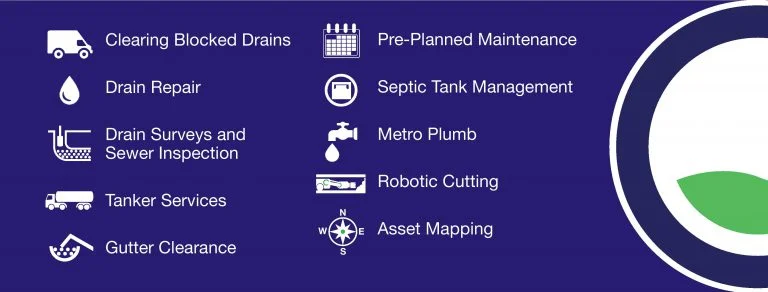
“We guarantee our clients a safe, professional and honest service day and night.”
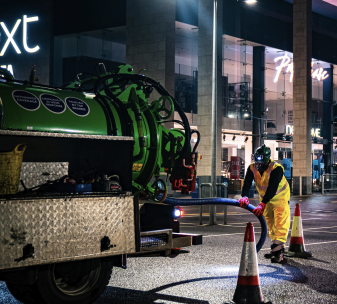
Talk to your local Metro Rod specialist
We are always happy to arrange a free site assessment and no obligation quotations for any work you might need. Alternatively, you can call our emergency hotline number on 0800 66 88 00
Get in touch Drainage Services